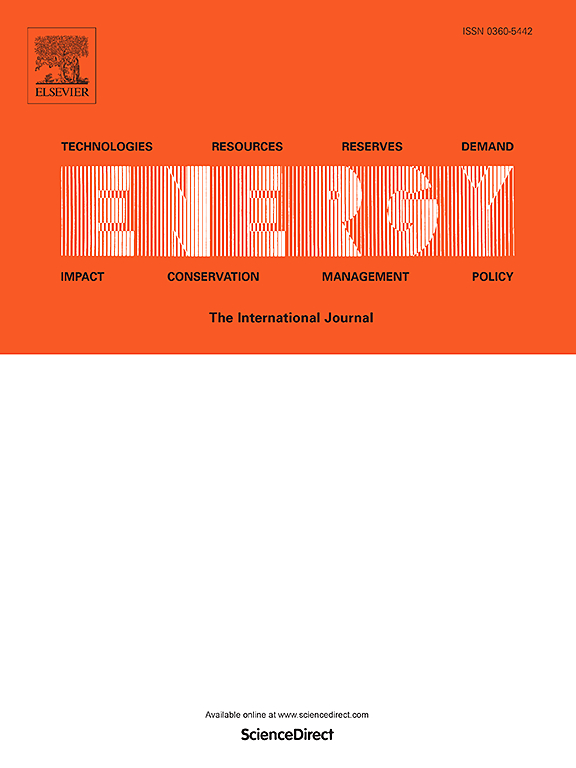基于增强拓扑自适应高级神经进化的纯电动客车能量管理策略设计
IF 9
1区 工程技术
Q1 ENERGY & FUELS
引用次数: 0
摘要
基于学习的能量管理策略(EMSs)通过采用多个合适的电机和适当的功率分配算法,在降低能耗方面具有显着的优势。然而,基于训练的策略对未知环境的适应性仍然面临挑战。本文以双电机四速电动客车动力系统为基准,研究了基于学习的EMS适应性改进方法。为了确定合适的驱动模式和扭矩分配系数,在EMS中采用了拓扑增强拓扑神经进化(NEAT)方法。提高了基于学习的实时EMS的泛化能力。结果表明,该策略能够实时更新进化后的网络,并在训练过程中自动调整网络结构和权值。此外,为了解决NEAT在探索混合动作空间(离散操作模式和连续扭矩分配系数)时存在的种群适应度停滞、适应度集中和遗传多样性枯竭等问题,本文提出了一种基于动态突变和轮盘选择方法的自适应高级增强拓扑神经进化(AANEAT)方法。CHTC_B场景和真实工况的仿真结果表明,基于aaneat的EMS能耗更低,且表现出与全局最优EMS相似的行为。本文章由计算机程序翻译,如有差异,请以英文原文为准。
Energy management strategy design for pure electric buses based on Adaptive-Advanced Neuro-Evolution of Augmenting Topologies
Learning-based energy management strategies (EMSs) show significant advantages in reducing the energy consumption by adopting multiple proper motors with appropriate power allocating algorithms. However, the adaptability of training-based strategy to unknown environments still face challenge. In this paper, a dual-motor four-speed electrified bus powertrain is selected as the benchmark to investigate the proposed adaptability improvement method for learning-based EMS. To determine the appropriate driving mode and the torque allocation coefficient, a topological Neuro-Evolution of Augmenting Topologies (NEAT) is adopted in the EMS. the generalization of the learning-based real-time EMS is improved. The results show that the proposed strategy is capable of updating the evolved network in the real-time, and adjust the network structure and weights automatically during training. Furthermore, to tackle the challenges of population fitness stagnation, fitness concentration and genetic diversity depletion of NEAT in exploring hybrid action space (discrete operating modes and continuous torque distribution coefficients), a dynamic mutation and roulette wheel selection method-based Adaptive-Advanced Neuro-Evolution of Augmenting Topologies (AANEAT) is proposed in this study. The simulation results from both tests, i.e. CHTC_B scenarios and real driving cycles, demonstrate that AANEAT-based EMS consumes less energy and show similar behaviors to the global optimum EMS.
求助全文
通过发布文献求助,成功后即可免费获取论文全文。
去求助
来源期刊

Energy
工程技术-能源与燃料
CiteScore
15.30
自引率
14.40%
发文量
0
审稿时长
14.2 weeks
期刊介绍:
Energy is a multidisciplinary, international journal that publishes research and analysis in the field of energy engineering. Our aim is to become a leading peer-reviewed platform and a trusted source of information for energy-related topics.
The journal covers a range of areas including mechanical engineering, thermal sciences, and energy analysis. We are particularly interested in research on energy modelling, prediction, integrated energy systems, planning, and management.
Additionally, we welcome papers on energy conservation, efficiency, biomass and bioenergy, renewable energy, electricity supply and demand, energy storage, buildings, and economic and policy issues. These topics should align with our broader multidisciplinary focus.
 求助内容:
求助内容: 应助结果提醒方式:
应助结果提醒方式:


